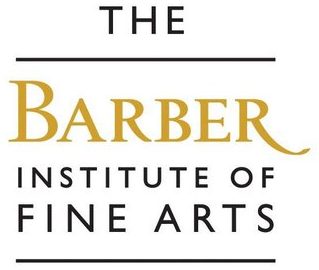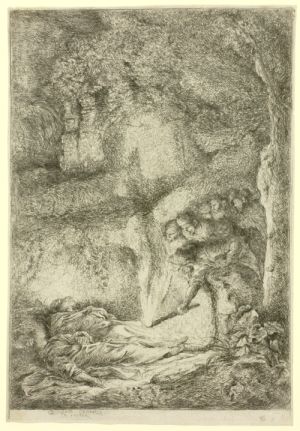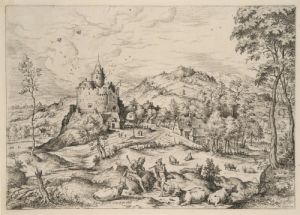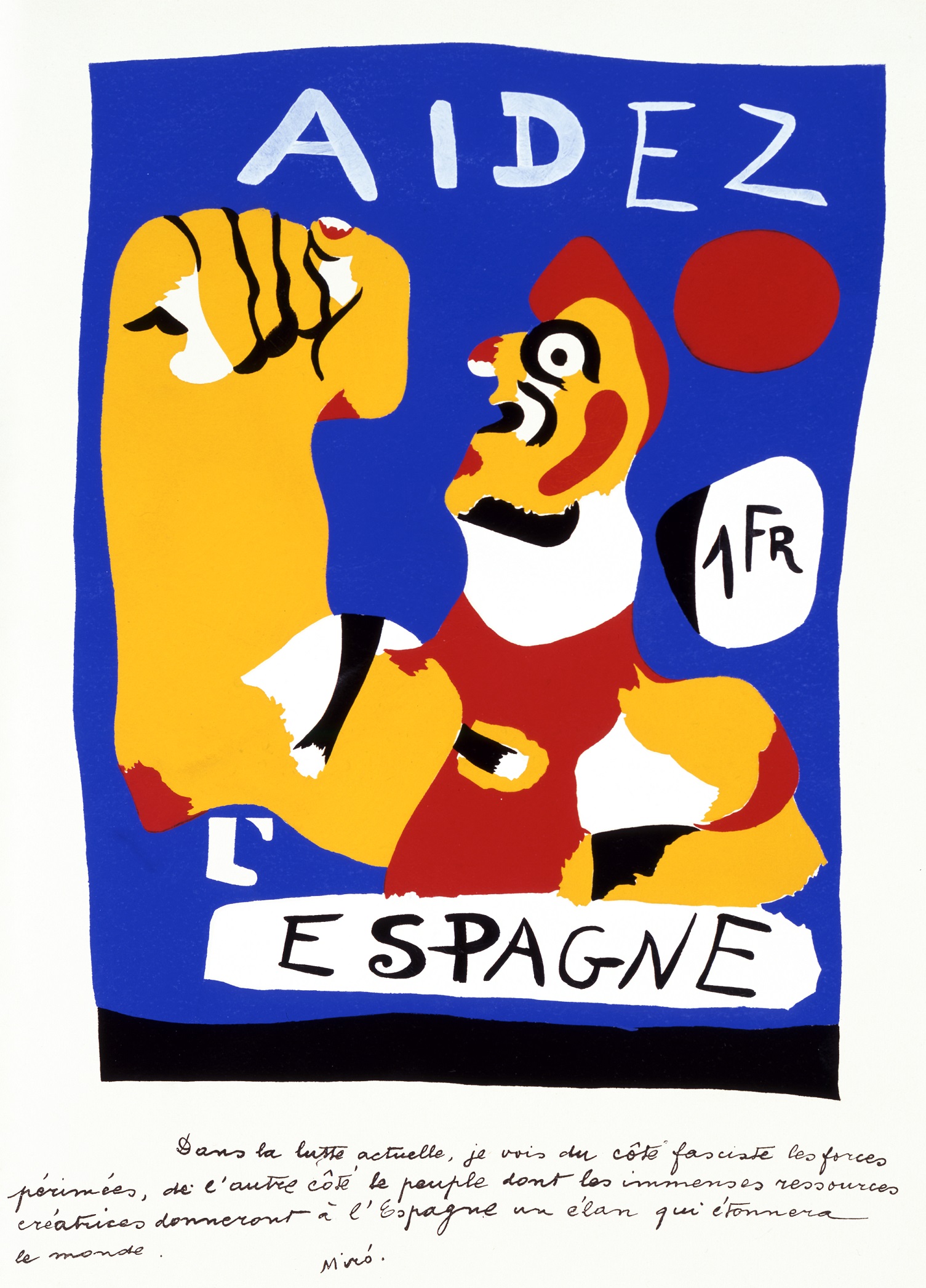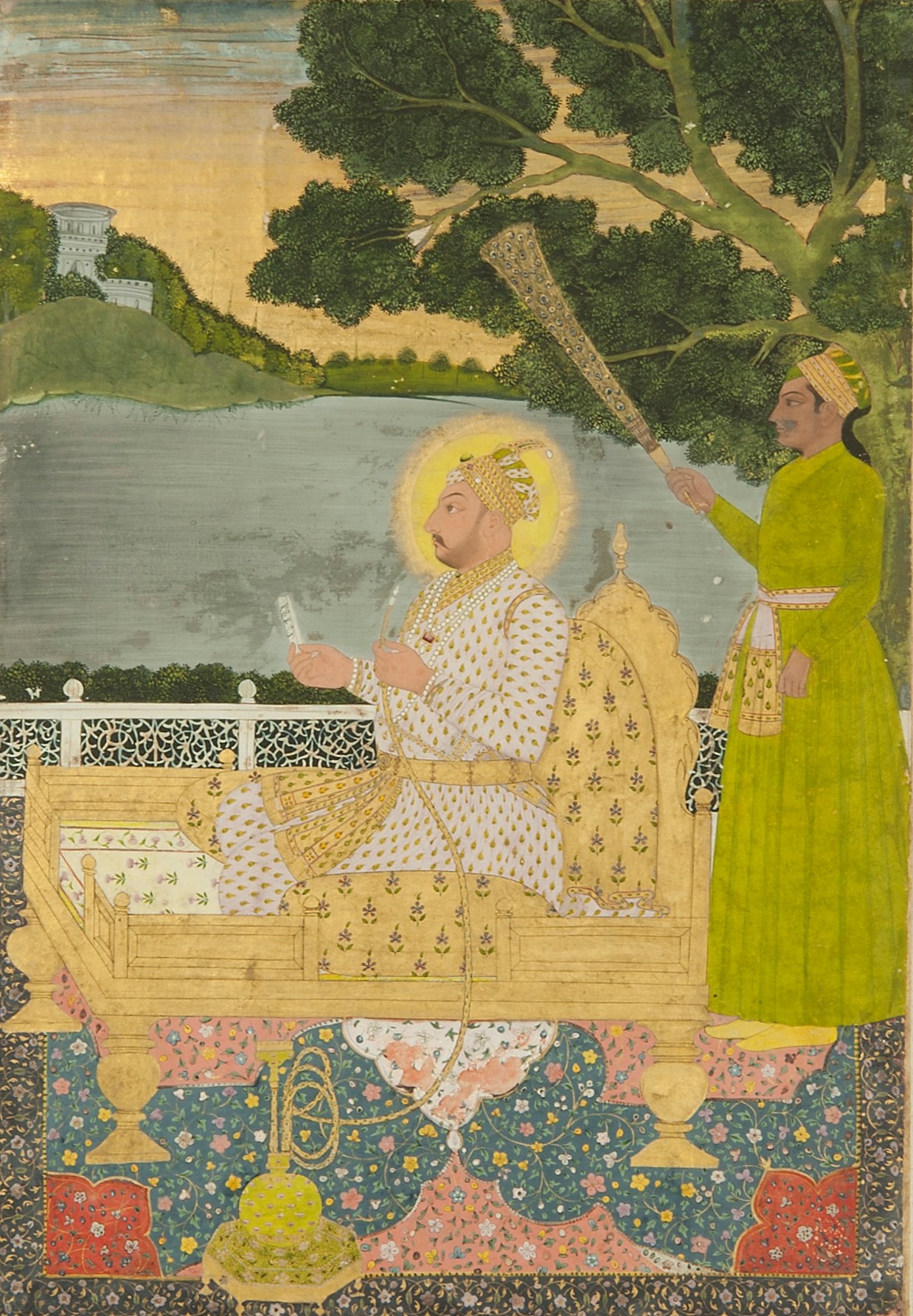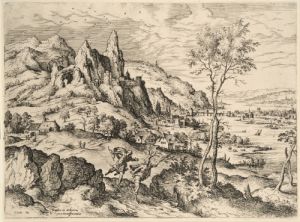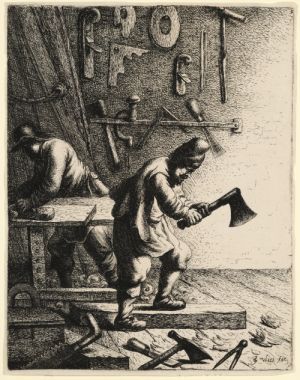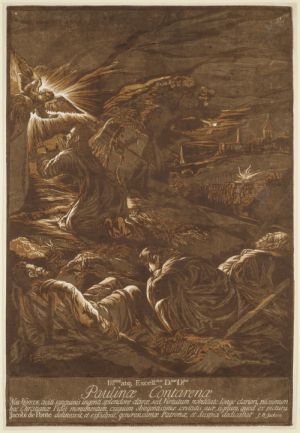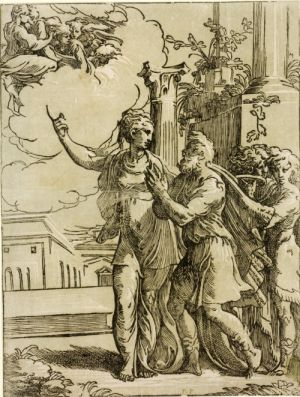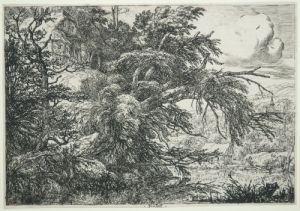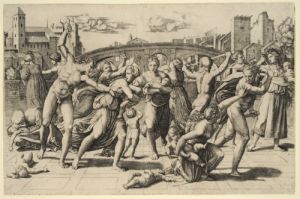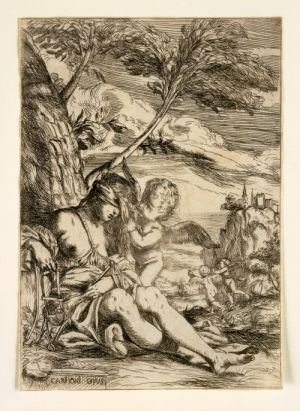Giovanni Benedetto Castiglione (around 1610-1664)
The Discovery of the Bodies of Saint Peter and Saint Paul Genoa, around 1645-1651 Etching Plate: 300 x 206 mm Mount: 557 x 404 mm Castiglione’s depictions of Biblical scenes are often engulfed by darkness; he was known to seek out religious subjects that required such tenebrism. His primary influence is often listed as Rembrant, … Read more
